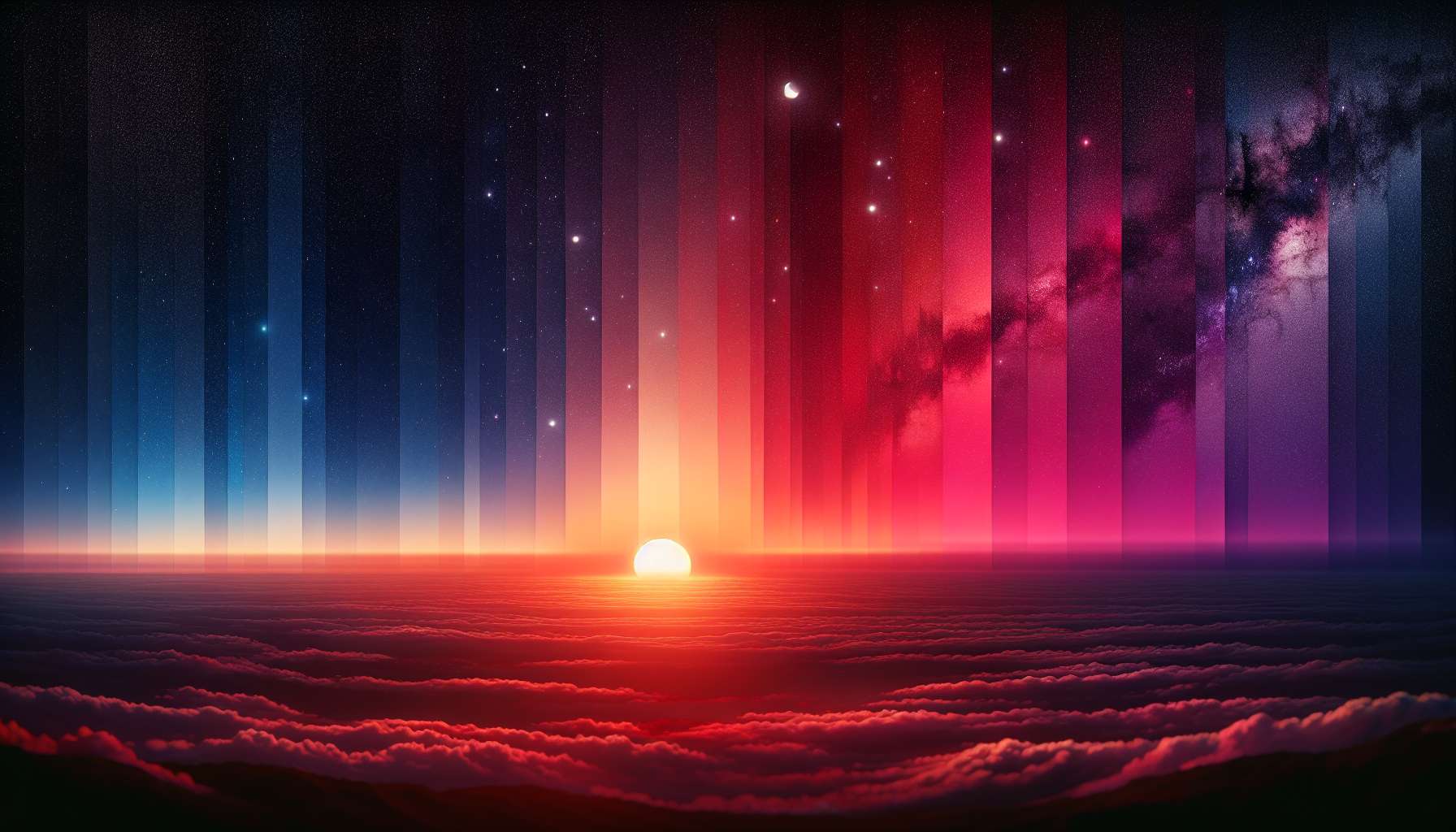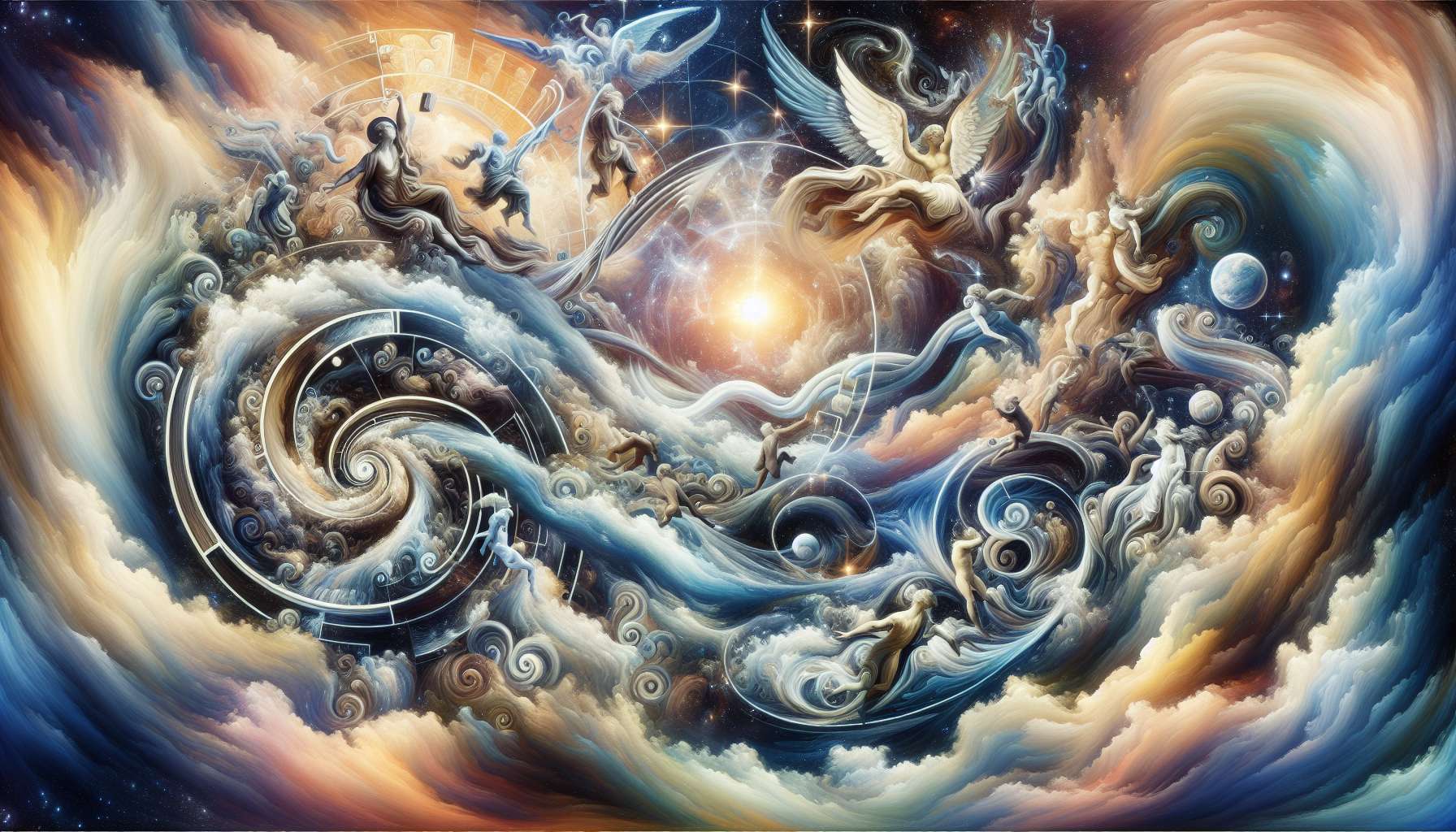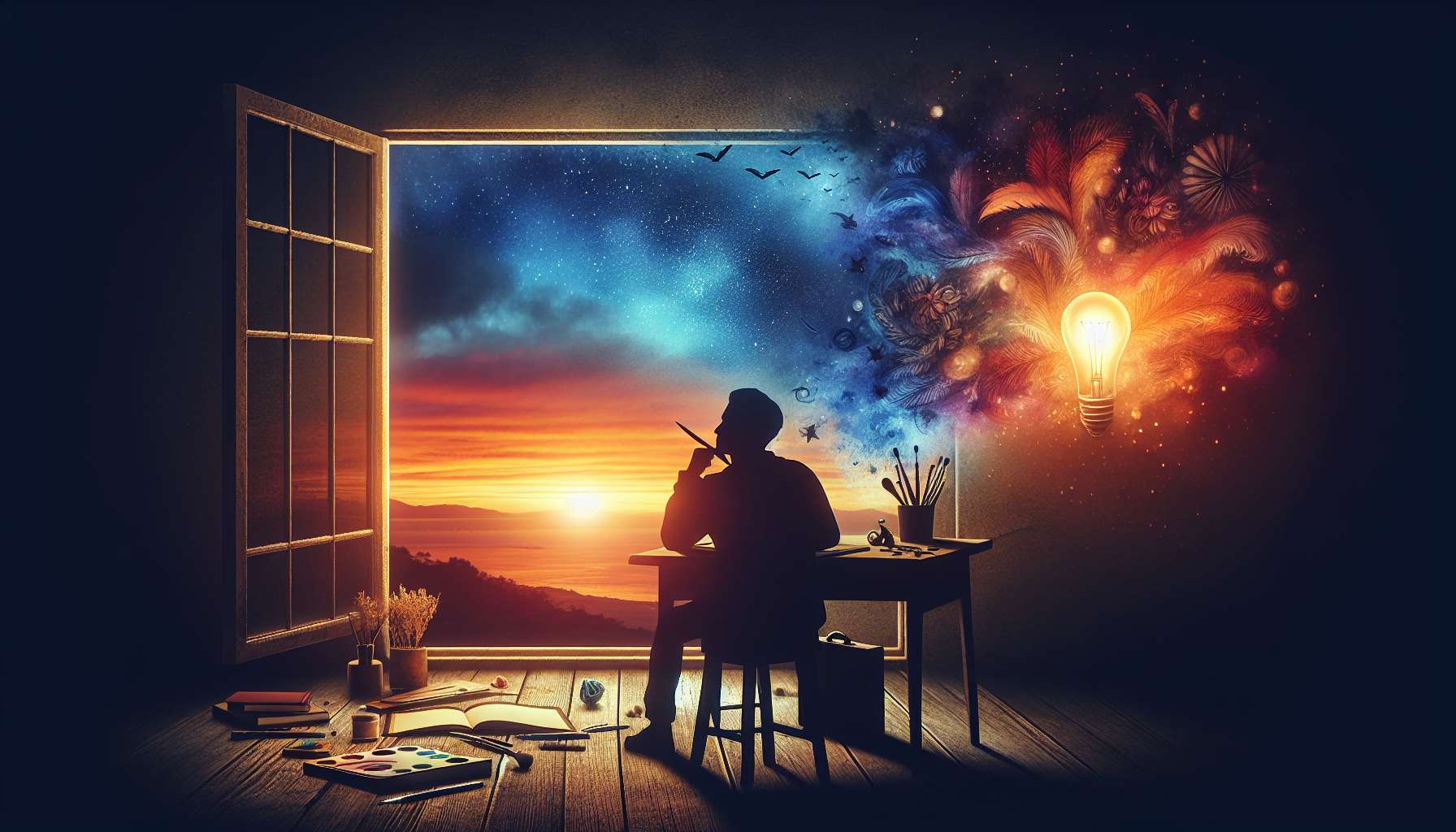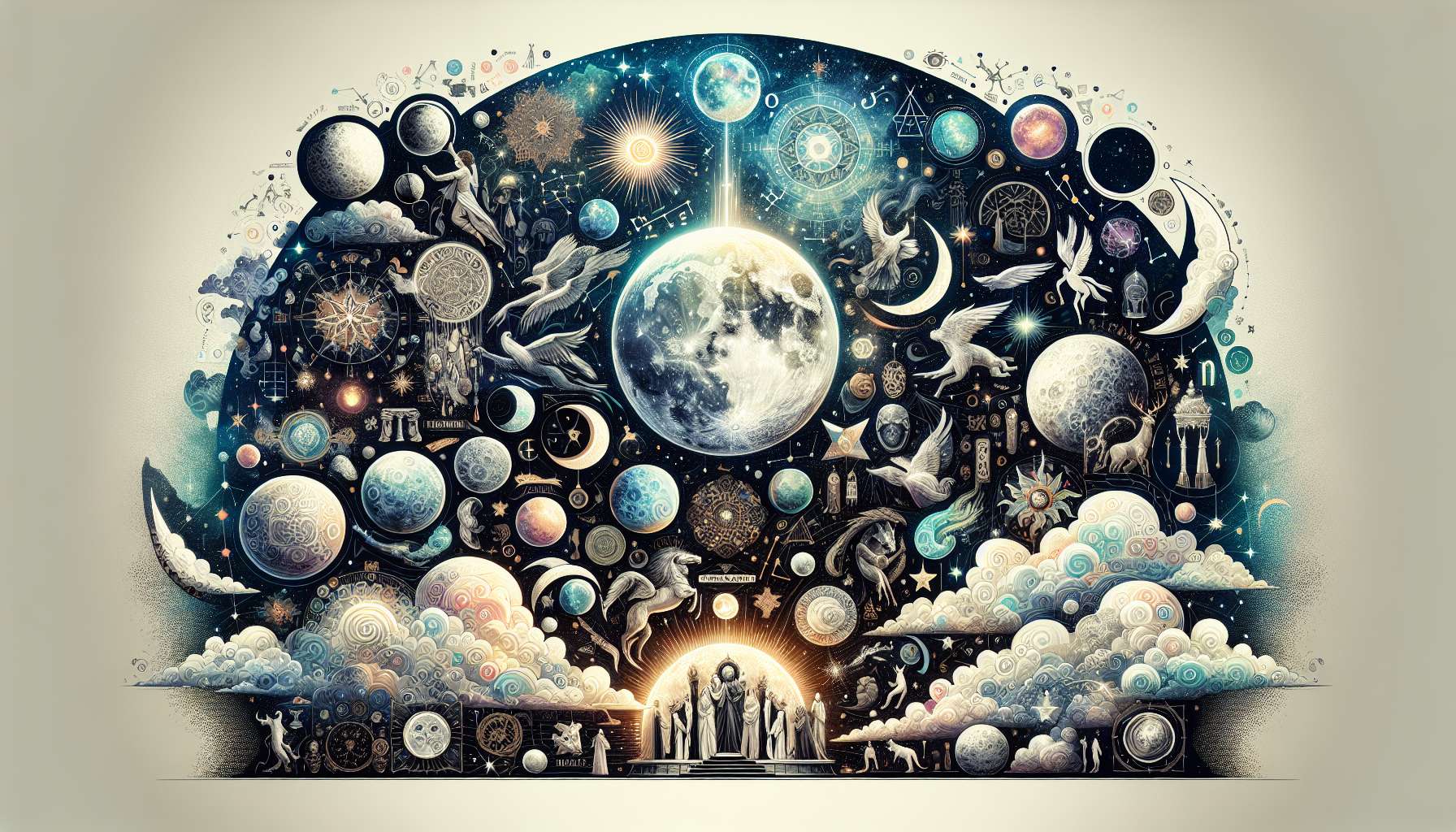Sunset to Twilight Transition Shots: Capturing the Magic of Dusk
As the sun dips below the horizon, painting the sky in hues of orange and pink, a magical transformation begins. The transition from sunset to twilight is a captivating moment that photographers around the world strive to capture. In this article, we will delve into the art and science of sunset to twilight transition shots, exploring the techniques, equipment, and creative possibilities that make this period so special.
The Golden Hour: A Time of Beauty
One of the most sought-after times for photographers is the golden hour, which occurs shortly after sunrise and before sunset. During this time, the light is soft, warm, and diffused, creating a magical glow that enhances the beauty of any scene. Sunset marks the end of the golden hour, with the sky ablaze in vibrant colors that transition into the twilight hours.
When capturing sunset to twilight transition shots, it’s essential to understand the changing light conditions and adjust your settings accordingly. As the sun sets, the light becomes more subtle and diffused, casting long shadows and creating a dreamy atmosphere. By using the right techniques and equipment, photographers can capture the beauty of this transition in stunning detail.
Technical Considerations: Settings and Equipment
To capture the beauty of sunset to twilight transition shots, photographers must pay close attention to their camera settings and equipment. Using a tripod is essential to ensure sharp images, especially in low light conditions. Additionally, adjusting the white balance to capture the warm tones of sunset and the cool hues of twilight is crucial.
When it comes to exposure settings, shooting in manual mode allows for greater control over the final image. By adjusting the aperture, shutter speed, and ISO, photographers can achieve the desired balance of light and shadow in their shots. Experimenting with different settings and techniques, such as long exposures or HDR photography, can result in stunning images that capture the essence of the transition from sunset to twilight.
Creative Possibilities: Composition and Framing
Composition plays a crucial role in creating impactful sunset to twilight transition shots. By carefully framing the scene and paying attention to elements such as leading lines, symmetry, and framing, photographers can draw the viewer’s eye into the image and create a sense of depth and perspective. Including foreground elements, such as silhouettes or reflections, can add interest and narrative to the shot.
Experimenting with different angles and perspectives can also yield unique and creative results. Shooting from a low angle can emphasize the dramatic sky, while capturing the scene from a high vantage point can showcase the beauty of the landscape below. By exploring different compositions and framing techniques, photographers can create visually striking images that capture the magic of the sunset to twilight transition.
Post-Processing: Enhancing the Beauty of Dusk
After capturing sunset to twilight transition shots, the post-processing stage is where the magic truly happens. Using editing software such as Adobe Lightroom or Photoshop, photographers can enhance the colors, contrast, and mood of their images to create a stunning final result. Adjusting the exposure, contrast, and saturation can bring out the rich tones of the sky and landscape, while sharpening and noise reduction tools can ensure a crisp and clean image.
Experimenting with different editing techniques, such as selective color adjustments or gradient filters, can further enhance the beauty of dusk and create a unique and impactful image. By taking the time to fine-tune the details of the image, photographers can bring out the true beauty of the sunset to twilight transition and create a work of art that captivates the viewer.
Expert Opinions: Insights from Professional Photographers
To gain further insights into the art of capturing sunset to twilight transition shots, we spoke with several professional photographers who specialize in landscape and nature photography. According to renowned photographer Sarah Thompson, “The transition from sunset to twilight is a magical time that offers endless creative possibilities. By understanding the changing light conditions and using the right techniques, photographers can capture the beauty of dusk in a way that is truly breathtaking.”
Renowned landscape photographer James Reynolds adds, “The key to capturing stunning sunset to twilight transition shots is to be patient and observant. By taking the time to study the scene and wait for the perfect moment, photographers can create images that evoke emotion and tell a story. It’s all about capturing the essence of the moment and communicating that through the lens.”
Common Misconceptions: Debunking Sunset to Twilight Photography Myths
There are several common misconceptions surrounding sunset to twilight transition shots that can hinder photographers from capturing the beauty of dusk. One of the most prevalent myths is that expensive equipment is necessary to achieve stunning results. While high-quality gear can certainly enhance the final image, it’s ultimately the skill and creativity of the photographer that make the most significant impact.
Another misconception is that post-processing is a “cheat” and that photographers should strive to capture the perfect shot straight out of the camera. While it’s essential to get the exposure and composition right in-camera, post-processing is a valuable tool that allows photographers to enhance the beauty of the scene and bring out the true essence of the moment.
Conclusion: Capturing the Magic of the Sunset to Twilight Transition
As the sun sets and twilight descends, a world of beauty and wonder unfolds before our eyes. Sunset to twilight transition shots offer a unique opportunity to capture the fleeting moments of dusk and create images that evoke emotion and inspire the imagination. By understanding the technical aspects, exploring creative possibilities, and honing their post-processing skills, photographers can create stunning images that showcase the magic of the transition from day to night.
Whether you’re a seasoned professional or a budding enthusiast, the art of capturing sunset to twilight transition shots is a journey of exploration and creativity. By immersing yourself in the beauty of dusk and honing your skills, you can create images that not only capture the essence of the moment but also transport the viewer to a world of magic and wonder. So grab your camera, head out into the golden hour, and let the beauty of the sunset to twilight transition inspire your next photographic masterpiece.
To wrap things up, remember that the beauty of dusk is ever-changing and fleeting. By embracing the magic of the sunset to twilight transition and capturing it through your lens, you can create images that stand the test of time and bring joy and inspiration to all who behold them.




